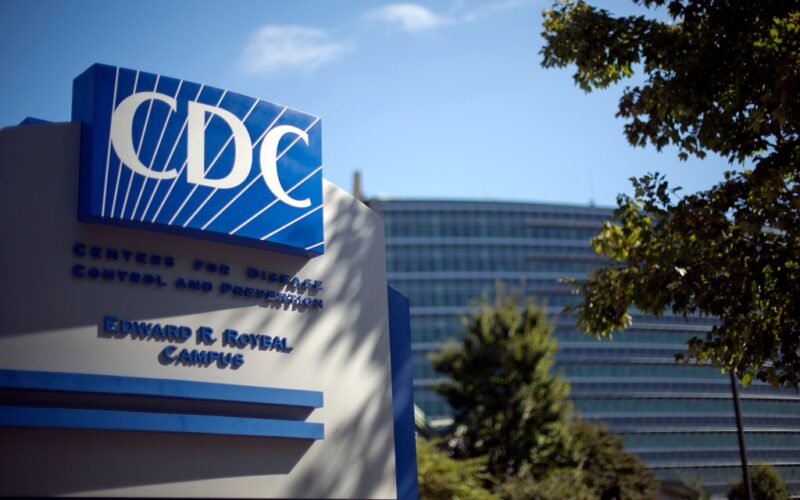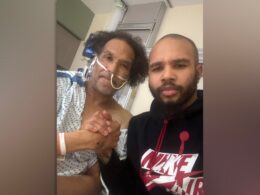We lost our 6-year-old son, Zachary Archer Cohn, when he drowned in our backyard pool after his arm became trapped by the suction of an uncovered drain.
As parents, we thought we had done everything possible to safeguard our children around water. We enrolled them in swim lessons, enforced pool rules, and supervised them closely. But we were unaware of the dangers lurking beneath the surface.
In the 18 years since Zachary’s drowning, my husband, Brian, and I have worked to ensure no other parents endure the pain of losing a child to drowning. We created a foundation in his memory with a mission to promote water safety.
At a time when increased action at all levels is urgently needed to stem the tide of America’s drowning crisis, the federal government is retreating from its vital role. This year, the Department of Health and Human Services eliminated the entire Centers for Disease Control and Prevention (CDC) team responsible for tracking and publicizing national drowning trends.
This team didn’t just collect data — it partnered with organizations like the YMCA and the American Red Cross to deliver lifesaving swim lessons to at-risk communities. That work has come to a halt, despite the ongoing need.
The layoffs were part of broader cuts to the CDC’s Injury Center, which lost nearly 90% of its staff — dropping from 130 employees to just 12. With those cuts, federal support for water safety education, CPR training, and other critical initiatives have vanished, leaving local agencies without the resources they need to save lives.
This comes as drowning remains one of the deadliest yet most preventable public health crises in America. More than 4,000 people in the U.S. die from drowning annually — and, alarmingly, the numbers have risen after years of decline. This summer, fatal drownings are outpacing previous years, with states like Florida, Texas, Michigan and Virginia reporting higher numbers than last summer.
Here in New York, the statistics are stark. The state ranks fourth nationwide in drownings, recording 84 fatalities in 2024. Last summer, seven people drowned at city beaches — the highest since 2019. Suffolk County saw 24 drownings in 2024, a 60% increase from the previous year. While early numbers this summer are lower, every life lost to drowning is one too many.
This crisis is particularly devastating for children. Drowning is the leading cause of death for children ages 1 to 4 and the second leading cause of unintentional injury death for children ages 5 to 14. Black children drown at significantly higher rates than white children, underscoring persistent inequities in access to swim lessons and water safety resources.
While states will still submit mortality data to the National Vital Statistics System, there is no longer a federal team to interpret that information, identify disparities, or act on warning signs.
When it comes to water safety, we know what works. Parents and caregivers must follow the ABCDEs of water safety: A is for Adult supervision, B is for Barriers around water, C is for swim Classes and CPR training, D is for avoiding Drain entrapment and using Devices such as Coast Guard-approved life jackets, and E is for Everywhere because water is all around us.
These are proven, cost-effective strategies the CDC once actively promoted. But without national coordination, marginalized communities become disproportionally impacted. Roughly 40 million American adults don’t know how to swim, with American Indian or Alaska Native people having higher drowning rates than any other group.
Without the CDC’s expertise, those disparities grow. Public education stalls. Local agencies are left to fend for themselves. And families — like mine — are left to endure the unimaginable.
Even in the face of federal retreat, we cannot let up.
Preventing drowning requires a whole-community approach, tailored to each region. Across the country, states and local communities are stepping up, forming coalitions and launching plans to address their specific risks. We were proud to help develop the first-ever U.S. National Water Safety Action Plan in 2023 and continue to guide state and regional strategies. New Jersey just became the third such state to launch its own state-specific water safety plan, following California and Hawaii. Florida is now developing its own.
As parents, neighbors, and advocates, we all must remain vigilant — and committed to the interventions that save lives.
Zachary’s life was precious. So are the lives of every child who plays in and around water. It’s time for federal funding to reflect this urgent need.
Cohn is the co-founder of the ZAC Foundation.








